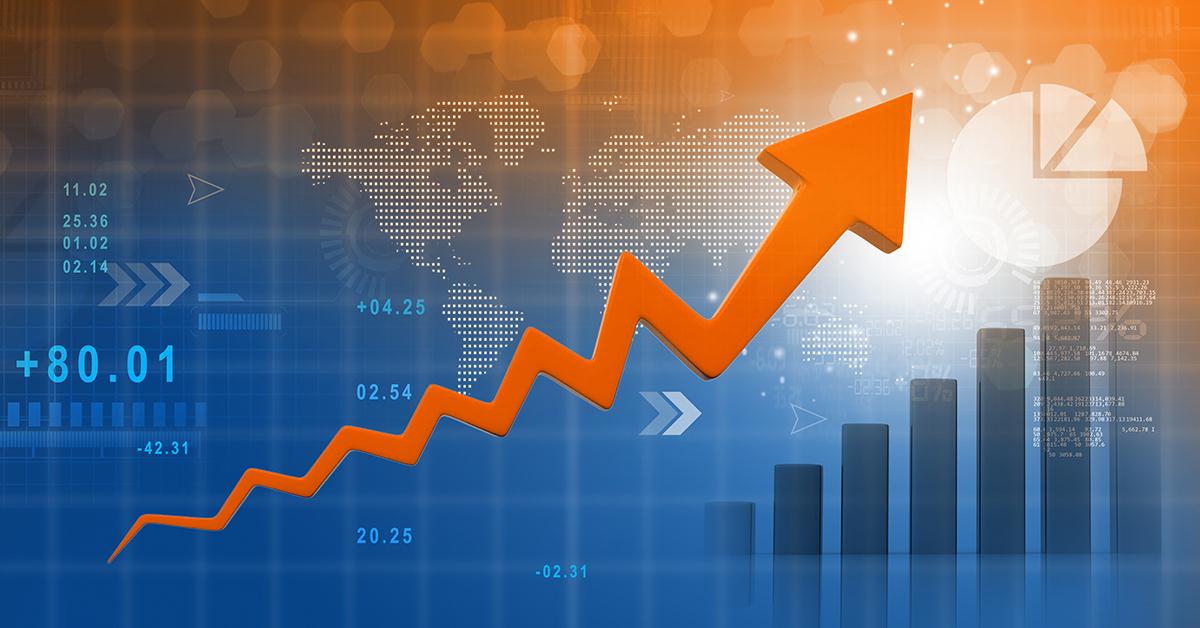An economic boom is the final part of the expansion phase in the business cycle. This is the period when economic growth begins to test its limits before reaching its peak. The economy usually shows overheating as inflation rises.
In the United States, the 1990s saw the longest period of expansion on record, lasting ten years from March 1991 to March 2001. The economic bubble burst, marked by the Dot-Com bubble and followed by a recession in 2001.
More about the “Economic Boom”
In this section, we will discuss the two main schools of economic thought that explain the factors that lead to an economic boom.
- Keynesians believed the boom was caused by an increase in aggregate demand. When the economy expands, people see positive prospects for their income. They then increase spending. These conditions stimulate businesses to increase output and hire more workers, which creates further ripples in household income and expenditure. Increased spending further drives increased production and income. This process continues on a large scale and in turn increases economic growth and inflation further.
- Monetarists view the money supply as the factor behind the economic boom. They believe that the money supply must rise along with the level of output to achieve price stability. However, if supply increases too quickly, this will create sharp inflation. Conversely, if the money supply increases more slowly than output growth, this will hinder economic growth.
What happens during an economic boom
Indicators of economic activity such as real GDP and industrial production grew at a slower rate compared to before. The output gap is usually positive, that is, actual real GDP is above potential GDP.
Demand for goods and services remains diverse, not only for durable goods. The company is very confident. They see strong profit prospects. To capture it, they raise selling prices and expand production. They began ordering heavy equipment and were involved in building new production facilities. Hence, during this period, inflation and investment spending increased.
In the labor market, the unemployment rate is falling. Companies face a shortage of qualified workers. They offer high wages to tempt employees away from competitors. Excessive wage growth can also lead to inflation when companies pass on higher costs to consumers.
Believing that demand will persist for the foreseeable future, companies borrow money to expand production capacity. This could result in cash flow problems if sustained demand turns out to only last for a short period of time as the central bank will likely soon raise interest rates to cool the economy.
In the capital markets, risk assets such as shares of cyclical companies are in demand. These assets see a significant increase in value and lead to a bubble as many assets are traded in excess of their intrinsic value. In contrast, safer assets, which are in high demand during a recession, usually have lower prices.
During this period, the fiscal deficit usually decreases. Increased business profits and household incomes cause the government to collect higher tax revenues. At the same time, as unemployment declines, outflows for transfer payments are lower.

